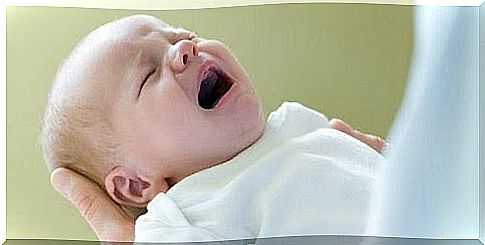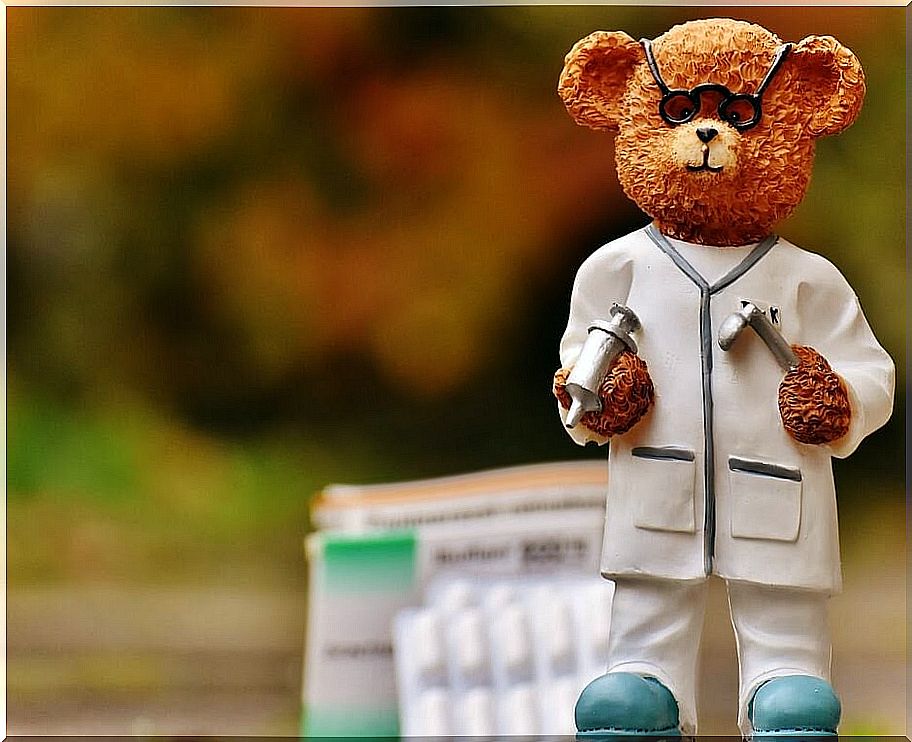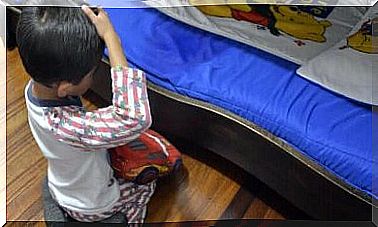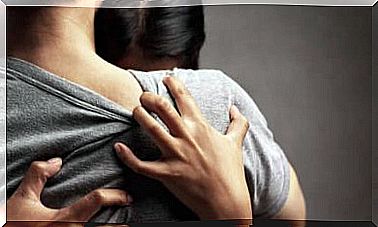Herpangina: Causes, Symptoms And Treatment

Herpangina in infants is a benign condition caused by contact with, or inhalation of, a virus. It can affect everyone, but it usually affects children under 5 who go to preschool.
The truth is that it is a very common type of angina caused by Coxsackie virus group A. It is contagious and can spread quickly.
After all, you should not worry too much as most cases go away on their own in about a week with no complications.
Symptoms
When the virus has been transmitted, the symptoms suddenly appear with fever and abdominal pain. The symptoms that the child may experience are similar to classic angina symptoms.
You may notice the following symptoms of herpangina in children:
- Pain in the abdomen, neck, head and neck
- Inflamed lymph nodes
- Difficult to swallow
- Lack of appetite
- Vomiting
- Dreglande

- Small sores in the mouth and throat begin to appear about 2 days after the first infection. They tend to be light gray and often have a red border. The wounds usually heal within a 7-day time frame.
How to prevent herpangina in infants
Like many other viruses, herpangina is contagious and can easily spread from one person to another. If your baby has the disease, it is important that you take precautions to prevent it from spreading.
The disease is most common between June and September.
Keep in mind that the risk of contamination is high in young children, especially in summer. The infection is airborne, but also spreads through contact with body parts and objects.
It is very complicated to prevent herpangina in infants because it is sometimes a virtually impossible task to protect the baby from contaminants and other contagious elements. In addition, most people carry the virus without showing any symptoms.
If you have a case of herpangina in an infant at home, we recommend that you avoid taking it to preschool or open preschool until your child has fully recovered. To do this, it must rest at home.
Be sure to wash your hands often during the day while your child is sick and clean surfaces that the child has been in contact with.
What are the causes?
As with most cases of angina, a virus is the cause of 60-75% of cases of herpangina in infants. It is usually caused by Coxsackie virus group A. It can also be caused by Coxsackie virus group B, Enterovirus 71 and Echovirus.
It is a highly contagious virus that can easily spread from person to person, especially in preschools and other groups of children.
It is usually transmitted through contact with feces. The infection can also be transmitted by contact with the droplets produced by a sneeze or by coughing from an infected person.
The virus can also survive on surfaces and objects, such as countertops and toys, for several days.

How is herpangina treated?
In order to fight infantile herpangina properly, it is necessary to visit a doctor, who can examine the patient and determine the best pharmacological treatment to control the symptoms and gradually help the child until he is healthy.
If a consistent treatment is maintained and further measures are taken (a good diet, adequate rest, etc.), the symptoms should disappear within 7 days.
The specific treatment plan for your particular child will depend on various factors, including the child’s age, symptoms, and tolerance to certain medications.
It is a type of viral infection, and therefore antibiotics are not an effective way to treat it. Instead, your doctor may recommend:
- Ibuprofen or acetaminophen. These medications will relieve any discomfort and lower the baby’s fever.
- Anesthetic creams. Some anesthetics, such as lidocaine, can relieve sore throats and mouth injuries associated with herpangina.
- Increased fluid intake. It is important for the baby to drink plenty of fluids during recovery, especially water and cold milk. You should also prevent your child from drinking citrus juices and hot drinks as they may make the symptoms worse.









